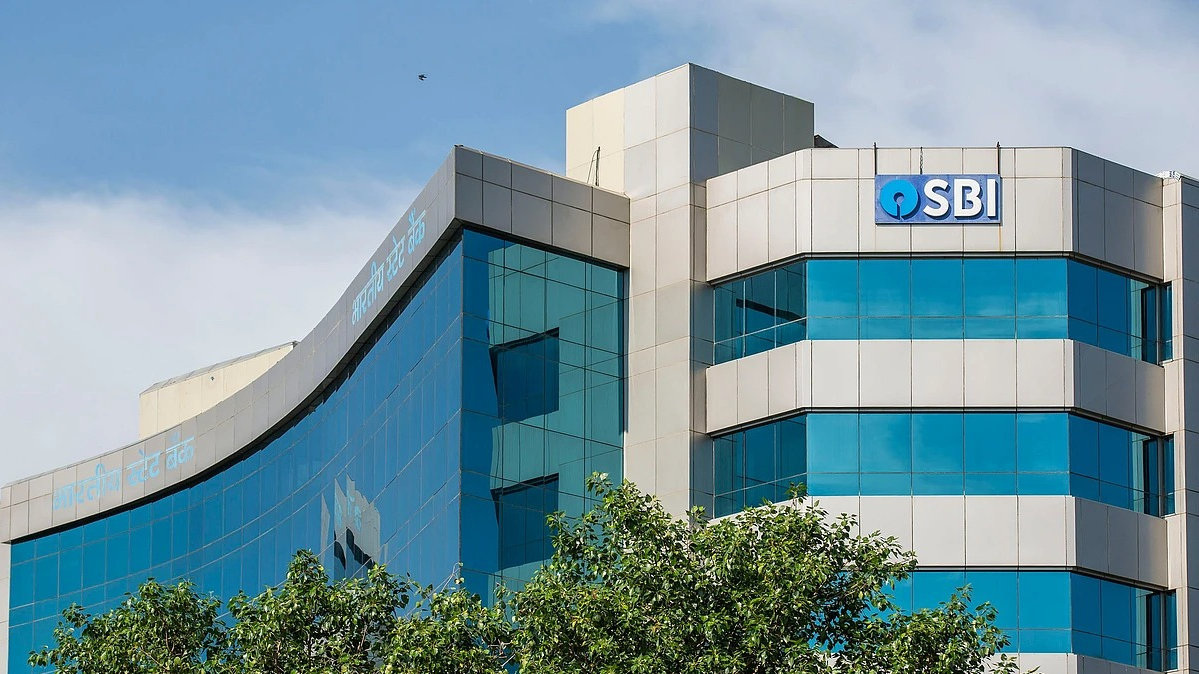

That familiar blue circle with a keyhole at its center, a logo that greets millions of Indians at nearly every street corner, represents an institution celebrating a major milestone. This year, the State Bank of India (SBI), the country’s largest and most trusted bank, marks 70 years since its formation on July 1, 1955. Over these seven decades, SBI has evolved from a state-mandated financial entity into an essential part of the nation's identity, deeply woven into the fabric of Indian life and commerce. Its story is not just about finance; it mirrors the economic journey of India itself.
SBI's origins trace back over two centuries to the colonial era, beginning with the establishment of the Bank of Calcutta in 1806. This institution, along with the Bank of Bombay (1840) and the Bank of Madras (1843), formed the three Presidency banks that laid the groundwork for formal banking in British India. In 1921, these three were merged to create the Imperial Bank of India, a powerful entity that functioned as both a commercial bank and a quasi-central bank.
After India gained independence, the new government prioritised rural development under its first five-year plan. To help achieve this, it nationalized the Imperial Bank, and on July 1, 1955, the State Bank of India was officially born. Its mandate was clear: to expand credit and banking services beyond the cities and into the heart of rural India.
To widen its reach, SBI began absorbing other institutions. In 1959, it brought eight state-associated banks under its umbrella, significantly extending its presence in semi-urban and rural regions. This process of consolidation continued over the years with the inclusion of several other banks. The most significant structural change occurred in 2017, when SBI merged its remaining five associate banks and the Bharatiya Mahila Bank into a single, unified entity. This move solidified its position as an undisputed public sector titan.
Today, SBI is a Fortune 500 company and a global financial powerhouse headquartered in Mumbai. It serves over 500 million customers through an unparalleled network of more than 22,500 branches and over 63,500 ATMs. Its financial strength is equally impressive, reporting a standalone net profit of over ₹70,900 crore in FY25 and crossing the ₹1 lakh crore mark in operating profit for the first time.
Beyond its domestic dominance, SBI has built a strong international presence with 241 offices in 29 countries, supporting Indian businesses and the diaspora worldwide. The bank has also successfully diversified its operations through market-leading subsidiaries in life insurance, general insurance, mutual funds, and credit cards. Through digital innovations like its YONO platform, SBI continues to evolve, ensuring its 200-year-old legacy remains relevant and robust for generations to come.